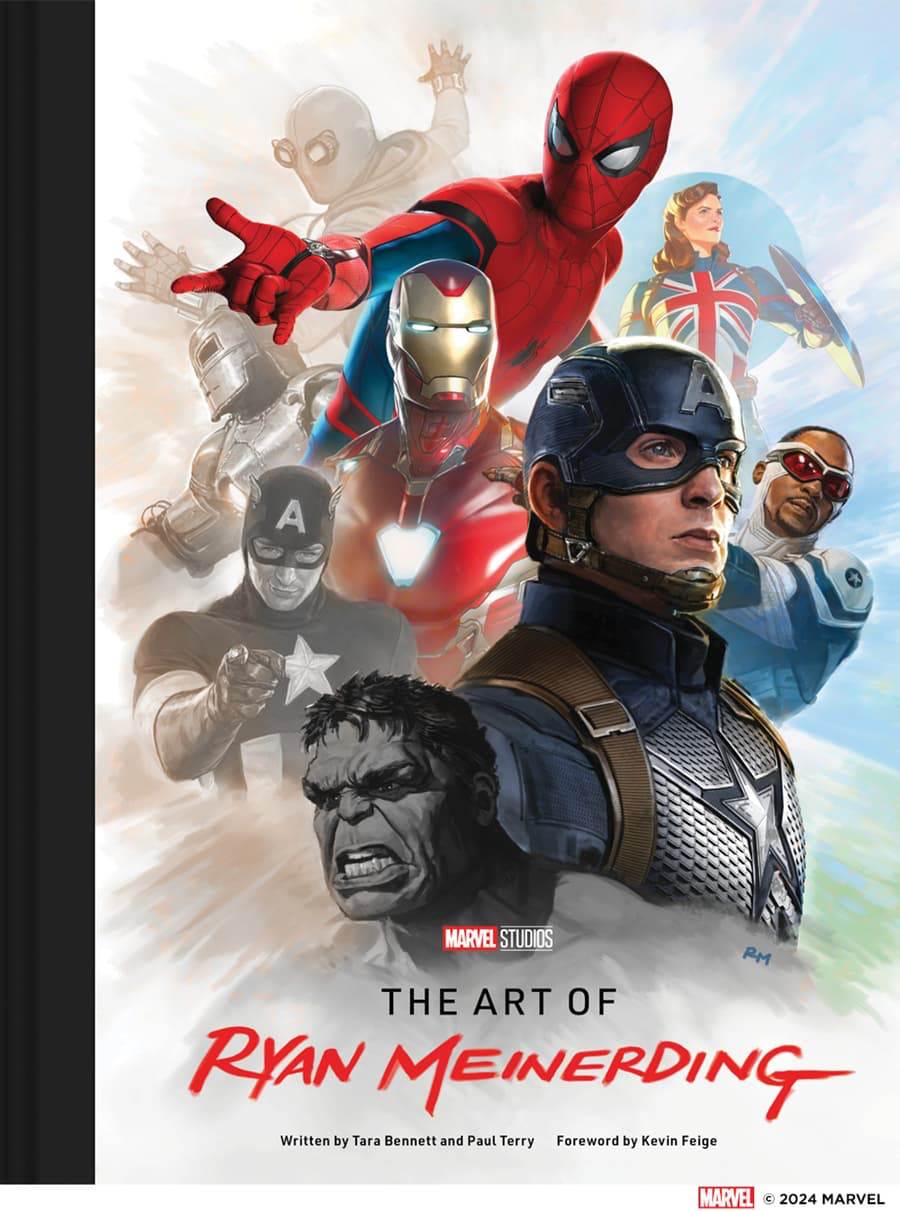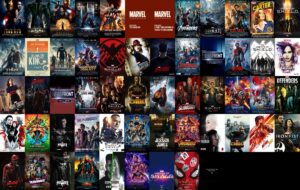Stepping into the Uncharted Territory of the Cinematic Universe: Deciphering the Boundaries of Visual Effects.

- Every MCU Movie Ranked By Audience Ratings
- Marvel’s Latest Movie: Shaping The Future Of The Franchise
- The Ever-Evolving Cinematic Universe: A Look Back And A Leap Forward
- Why MCU’s Latest Film Is Perfect For Hardcore Fans
- How MCU’s Upcoming Movies Will Continue The Multiverse Saga
In the last few years, the world has borne witness to an explosion of cinematic universes that seamlessly merge the realms of reality and fantasy. Among the most striking and awe-inspiring of these universes is the Marvel Cinematic Universe, which has consistently redefined the boundaries of visual effects. From groundbreaking photorealistic depictions of diverse alien worlds to visceral representations of unimaginable superhuman feats, MCU’s use of innovative technology has captivated audiences worldwide.
Recently, there has been a significant upsurge in interest regarding the methodological approach that underlies the unparalleled visual effects featured in these films. While discussing the intricacies of this process might initially seem like a daunting task, delving into the multifaceted realm of MCU’s technological accomplishments reveals truly fascinating and little-known aspects of cinematic storytelling.
To bring it to the forefront, the advent of computer-generated imagery (CGI) revolutionized the prospect of implementing cinematic visual effects, shifting the erstwhile constraints that hindered the scope of artistic expression. Initially, this seemed sufficient to capture the unbridled imagination that the film’s script demanded. As cinematic technology continued to advance, so did the expectations for delivering captivating experiences that transport the viewer into realms both unknown and unforgettable.
One of the pivotal elements driving MCU’s captivating visual landscape involves the employment of highly sophisticated data-centric software architectures. Modern Visual Effects studios now use open-source renders and 3D animation programs, along with well-tested machine-learning algorithms that meticulously assess an extensive range of permutations to create real-time optimal solutions. To the naked eye, it seems almost unfathomable; yet, behind the visual harmony that characterizes the ever-growing MCU universe lies precision crafted art.
Another feature of the Marvel Cinematic Universe is motion capture data that allows actors to step into the roles of remarkable superheroes and play out stunts unimaginable to their human physiology. By accurately interpreting human movement patterns in tandem with data sourced from the physical realm, actors can experience their characters at the time of recording while the motion data allows their eventual larger-than-life interpretations.
The deep utilization of algorithms, as the basis of this VFX journey is multifaceted indeed – requiring engineers to harmonize engineering principles with visual perception, to develop bespoke environments to process highly detailed scenes while maintaining coherent efficiency.
Some fascinating advancements worth noting include – advanced physics engines that render photorealistic collisions of matter in space; extensive machine learning models utilised for fast noise removal in CGI environments, in addition to powerful motion capture analysis engines used to track real-time anatomical motion patterns.
While cinematographers who work closely alongside visual effects teams collaborate long hours with a view to delivering truly unbridled imagination to screens worldwide, witnessing the progression of their mesmerizing journey prompts an array of questions that spring to mind. As the film-watching experience continues to evolve and expand to new, unimaginable horizons – what will be the next milestones we eagerly await?




